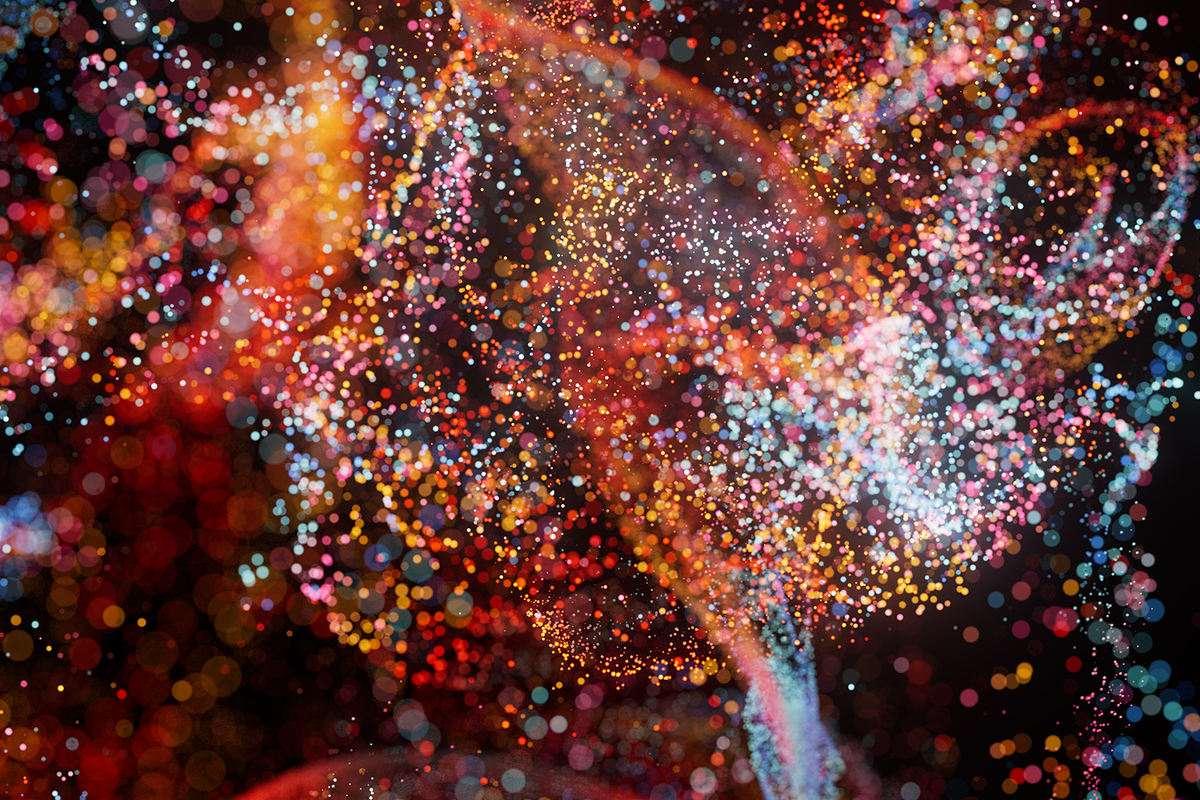The future of marketing is influence; the future of influence is behavioural science
THE ARTICLES ON THESE PAGES ARE PRODUCED BY BUSINESS REPORTER, WHICH TAKES SOLE RESPONSIBILITY FOR THE CONTENTS

Tailify is a Business Reporter client
We now live in an Influence Economy.
Consumers are losing patience with a deluge of paid-for advertising. Ad-blocking, commercial-skipping and cookie-clearing are at all-time highs, while trust in mainstream publishers and tech giants are at all-time lows.
Brands that are still paying for attention stand almost zero chance of reaching people’s hearts.
All that trust and attention – that influence – now resides with real people consumers elect to follow on social media. That’s unsurprising: we’re wired to listen to real people, not be force-fed the same tired promotional jargon we’ve all heard before.
We now live in a world where individual influencers wield huge clout, and the biggest broadcasting reach is online, not on TV. New influencer brands are reaching nine-figure revenues at unprecedented speed, putting pressure on traditional “faceless” brands. Marketing, commerce and brands are all going people-first to thrive in the Influence Economy.
New game, new rules
But succeeding in the Influence Economy isn’t easy. Indeed, the typical brand will see more than 90 per cent of their influencer collaborations fail to generate a positive ROI. Why are so few successful with influence? Bluntly, because so few understand it. Most brands use superficial metrics such as followers, engagements and demographics to select their influencers. This data only tells you what people do – not why they do it. To wield influence effectively, you must dig into the behavioural science underlying commercial outcomes.
Behavioural science is the key
One sign of how behavioural science will level up influencer marketing effectiveness is the power of values. Great influencer marketing might feel more authentic, but what does this really mean? Authentic sponsored content comes from creators who actually believe in what the brand believes in. Knowing this, a typical marketeer might scan an influencer’s content and make a gut decision whether their values fit the brand, a choice fraught with bias and the constraints of cognitive load.
We at Tailify decided to test this intuition and were stunned by what we discovered. When we made values tangible by asking brands and influencers to complete tests backed by decades of empirical behavioral research, we found that almost all high-ROI content came from influencers who shared most of their core values with the brand, while the performance of almost all who didn’t was middling at best.
And we didn’t even need to ask influencers to take tests. Instead, we trained AIs to understand an influencer’s values by weighing each word they’ve said online, listening just like an attentive psychologist. This approach can enable any brand to find which of the more than 100 million influencers online authentically shares their values and has potential to deliver extraordinary results.
Values are but one of more than 100 behavioural drivers of influence that we’ve discovered determine ROI. For instance, Instagram images which feature the influencer’s left cheek receive higher engagement than images in which the right cheek is facing the camera. This left-cheek bias is complemented by the eye contact effect, mood effects, and other drivers which can be measured with machine vision. These visual factors pale in relation to the many other things we can learn about people from language, such as their personality, tone of voice and needs. Further, each driver’s impact can be amplified when dynamically mapped within and between the influencer’s social networks.
People first, by science
The winners in this new Influence Economy will be those who best apply behavioural science and partner with people who have the trust and attention of their customers.
Like any natural resource, there is a limited amount of influence to go around, as once an influencer has aligned themselves with a brand, they rarely switch loyalties within the same category. There is a gold rush of influence on the horizon, if only brands know where to stake their claim and gain their share of influence. Ultimately, those who learn the rules of the new game and go people first will win.
For more information visit www.tailify.com/guide-to-influence
Originally published on Business Reporter
